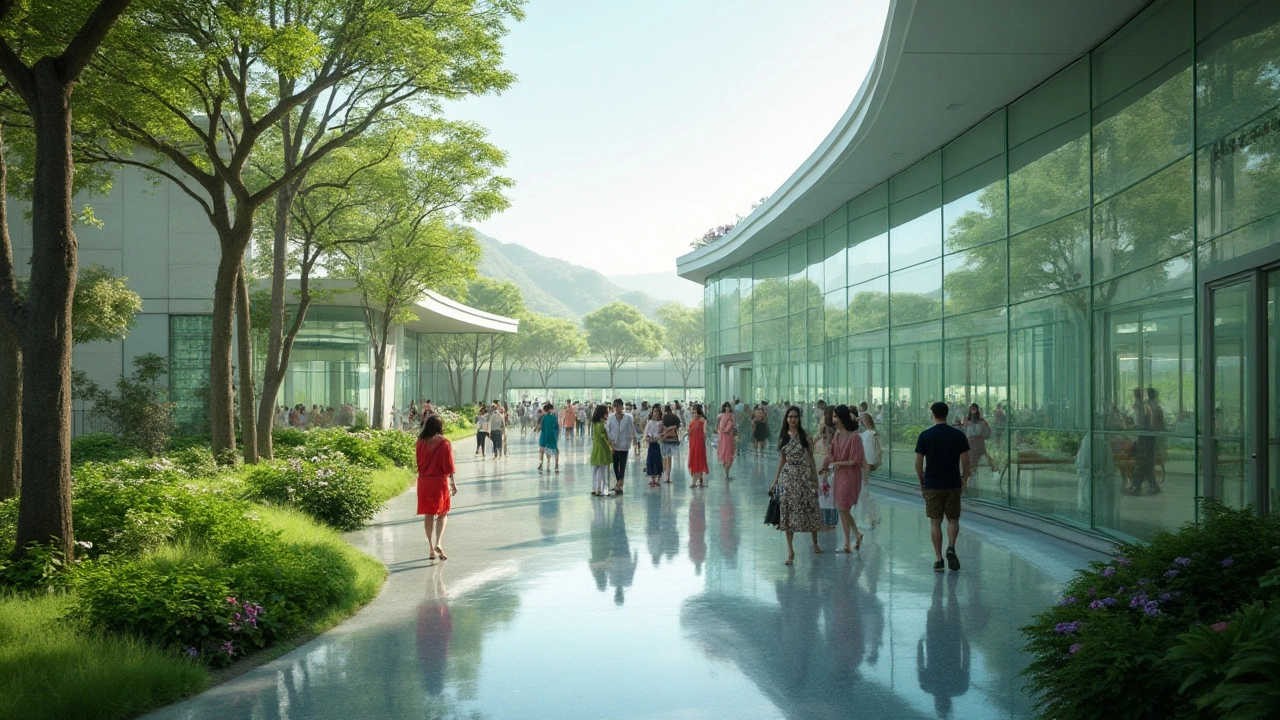Healthcare Design: Trends, Tips, and Real‑World Examples
When you walk into a clinic or hospital, the space around you shapes how you feel, how quickly you recover, and even how safely you’re treated. Good healthcare design isn’t just about looking nice – it’s about making every step, every breath, and every interaction work for patients and staff.
Studies show that rooms with natural light, clear sightlines, and calm colors can lower stress and speed up healing. That’s why designers now team up with doctors, nurses, and infection‑control experts from day one. The result is spaces that answer real clinical needs instead of just following a style guide.
Why Design Matters in Healthcare
First, a well‑planned layout cuts down on wasted time. If a nurse can see a patient’s room from the nurses’ station, she spends less time walking and more time caring. Second, easy wayfinding reduces anxiety – clear signage, distinct color zones, and simple corridors help patients find their way without asking for help.
Third, infection control is built into the design. Materials that resist microbes, hands‑free doors, and separate zones for clean and dirty supplies keep germs at bay. In the age of COVID‑19, these features have become non‑negotiable.
Key Elements of Modern Healthcare Design
Patient‑Centered Spaces: Private rooms, adjustable lighting, and access to nature (like garden views) give patients control over their environment. Private rooms also lower infection risk.
Technology Integration: Smart beds, real‑time monitoring screens, and tele‑health stations are woven into walls and ceilings. This reduces clutter and lets staff focus on care rather than equipment.
Flexibility: Hospitals now plan for spaces that can shift from routine care to surge capacity. Modular walls and movable furniture let a ward expand quickly when needed.
Sustainability: Energy‑efficient HVAC systems, solar panels, and recycled building materials lower costs and support a healthier planet – something patients appreciate.
Comfort & Healing: Soft flooring, soothing sounds, and artwork create a calmer atmosphere. Even small touches like a bedside tablet for music can improve mood.
Real‑world projects illustrate these ideas. A new city hospital in Bangalore used daylight‑guided corridors and eco‑friendly materials, cutting energy use by 30% while reporting faster discharge times. A private clinic in Delhi added a tele‑health hub, letting patients consult specialists without leaving the building, which boosted appointment attendance.
These examples show that good design isn’t a luxury – it’s a practical tool that improves outcomes, saves money, and makes staff jobs easier. If you’re planning a remodel or opening a new facility, start by mapping patient journeys, involve clinicians early, and choose materials that keep germs out.
Ready to explore more? Dive into our articles on Ayurvedic massage, orthopedic appointments, and herbal supplements – all linked to how design influences health experiences. Each piece gives a fresh angle on creating safer, kinder, and smarter healthcare environments.

Discover the Most Beautiful Hospital in America: A Delight for Medical Tourists
In the realm of medical tourism, the aesthetics of hospitals can play a crucial role in a patient's experience. This article explores the most beautiful hospitals in the United States, delving into their architectural marvels and serene environments. Readers will discover why these institutions are not just facilities for healing, but also places of tranquility and beauty. The balance of design and function in these hospitals offers a unique appeal for both domestic and international medical tourists.




